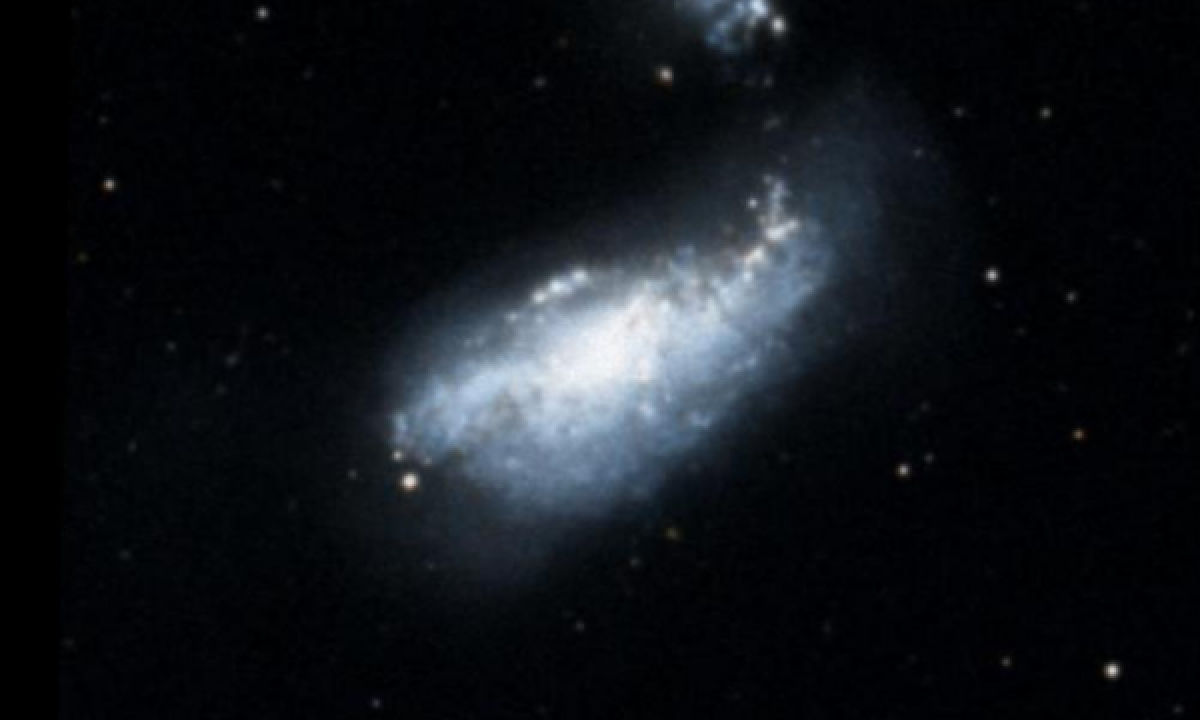The New General Catalogue of Nebulae and Clusters of Stars (abbreviated as NGC) is a catalogue of deep-sky objects compiled by John Louis Emil Dreyer in 1888. The NGC contains 7,840 objects, known as the NGC objects. It is one of the largest comprehensive catalogues, as it includes all types of deep space objects, including galaxies, star clusters, emission nebulae and absorption nebulae.
Know more about NGC
NGC 4490

NGC 4490, also known as the Cocoon Galaxy, is a barred spiral galaxy in the constellation Canes Venatici. It was discovered by German-British astronomer William Herschel on 14 January 1788. It is known to be of the closest interacting/merging galactic system. The galaxy lies at a distance of 25 million light years from Earth making it located in the local universe. It interacts with its smaller companion NGC 4485 and as a result is a starburst galaxy. NGC 4490 and NGC 4485 are collectively known in the Atlas of Peculiar Galaxies as Arp 269. The two galaxies have already made their closest approach and are rushing away from each other. It has been discovered that NGC 4490 has a double nucleus. NGC 4490 is located 3/4° northwest of beta Canum Venaticorum and with apparent visual magnitude 9.8, can be observed with 15x100 binoculars. It is a member of the Herschel 400 Catalogue. It belongs to the Canes II Group. NGC 4490 has a system of satellite galaxies oriented roughly in a plane.
More Images:

Sources:
Wikipedia Page: NGC 4490
NGC 4490 at In-The-Sky website
